AWS Migration Services
Romexsoft provides AWS Cloud Migration Services as a set of services to assist organizations in migrating their on-premises apps, data, and infrastructure to the cloud. We handle the entire migration lifecycle ensuring a smooth, secure, and cost-effective transition.
AWS Cloud Migration Services We Offer
Our AWS Cloud Migration Services help businesses seamlessly transfer workloads including applications, databases, and servers from on-premises or other clouds to AWS.
Migration Assessment
Our experts scrutinize your app’s operations, server types, and business logic. The goal is to deeply understand your workloads, which informs the migration roadmap and timeline.
Infrastructure Migration
We offer server migration, storage, networking configurations, and security infrastructure—from an on-premises or alternative cloud environment to AWS.
Application Migration
For the Rehost strategy, AWS Application Migration Service (AWS MGN) is a key advisory. It simplifies the migration process while minimizing downtime and performance disruption.
Database Migration
AWS DataSync automates data transfer between on-premises environments and AWS Storage services. During the process, applications remain operational and the database accessible due to minimal downtime.
Migration Consulting
Our experts provides guidance to planning, execution, and migration management of IT resources to AWS. So the transition will be successful and strategically aligned.
Benefits of AWS Migration Services
Why moving to AWS can be a game changer for your business? We outline how migration can transform your IT operations and empower your organization.
Domains We Specialize In
We provide specialized AWS cloud migration services transform industries with tailored solutions that address challenges and drive operational excellence.
Advanced AWS Migration Tools We Apply
AWS App Migration Case Studies
Here are Romexsoft’s case studies showcasing various cloud migration solutions.




Have a Talk with our AWS Migration Consultant
Migrate to AWS with confidence. Book a free consultation with our AWS solutions architects.
Why Romexsoft is the Right Choice as a AWS Cloud Migration Services Provider
Trusted since 2004 as an AWS‑certified migration partner, Romexsoft delivers modern, flexible, and cost‑effective cloud solutions. On average, our clients rely on us for over four years, reflecting the confidence they place in our expertise.
Business Focus
By leveraging frameworks and expertise, we accelerate the shift to the cloud while keeping internal teams focused on core operations.
Compliance and Safety
We ensure your cloud environment meets legal and industry standards, protecting sensitive data and avoiding costly fines.
Full-fledged AWS expertise
Our engineers passed AWS certifications that validates their technical competency in a wide specter of AWS tools and solutions.
Our AWS Expertise & Credentials
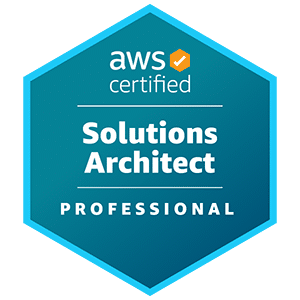
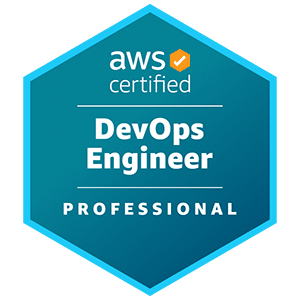
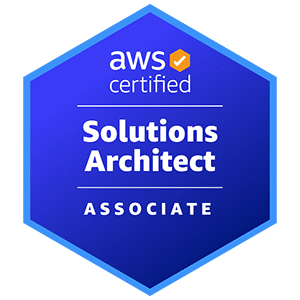
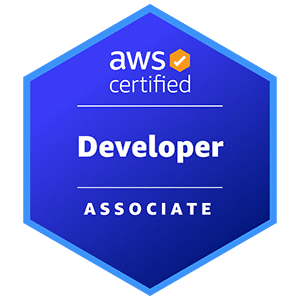
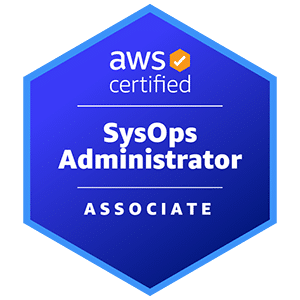
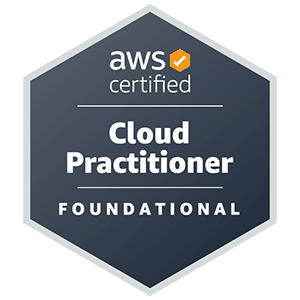
Our Clients
What the Clients Say
Our AWS Application Migration Process
Romexsoft's certified professionals will guide you through the all steps of the migration process - from one cloud environment to another, or from on-premises infrastructure to the cloud - ensuring a seamless transition.
Assessment and Readiness Analysis
Migration readiness assessment is a process that is conducted by our certified cloud architects team. We examine your operations; workloads, applications; business logic, server types, network topology, security and compliance requirements to gauge the scope of required work.

Cloud Strategising and Roadmapping
We will help you determine the optimal combination of cloud solutions, computing resources, and technologies required to support your new application environment. The Migration Readiness and Planning method will be applied to understand the scope of work and provide a detailed roadmap.

Migration to AWS Cloud
Our certified team designs and builds AWS infrastructure, implements CI/CD pipeline, and develops cloud‑native applications. We handle application and data migration end‑to‑end and provide ongoing cloud migration support to ensure a seamless transition.

Validation and Testing
Every application, database, and workflow gets validated and tested with the latest migration software to ensure utmost security, compliance and reliability. Your software migration to the cloud is guaranteed to be fast and effective.

Security and Compliance Assurance
Then we ensure each migration phase aligns with industry standards and regulatory requirements such as GDPR, HIPAA, and SOC 2. We assess your current security framework and implement robust safeguards—like encryption, identity management, and zero-trust measures—to protect your data. Continuous monitoring and audit trails are established to maintain compliance and mitigate risks.
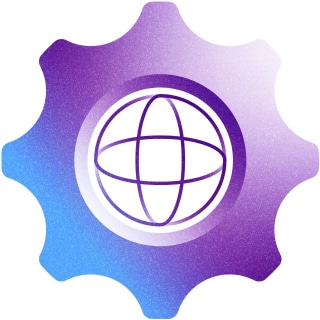
Optimization and Post-Migration Support
Finally, we fine-tune your AWS environment for maximum performance and cost efficiency through continuous monitoring and resource adjustments. Our team provides ongoing support, resolves issues, and implements enhancements to ensure your cloud environment remains secure, compliant, and aligned with your evolving business needs.
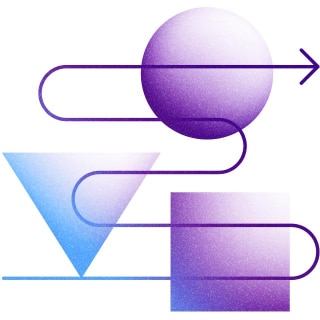
Frequently Asked Questions
Even though every project is unique, the Migration to AWS could be divided into 6 fundamental steps:
Evaluation phase to understand the current IT setup, align expectations, collect business requirements, and outline business outcomes.
Planning phase to choose an optimal migration strategy, understand the scope of work, and produce a specific migration roadmap.
Prototyping phase to verify the chosen migration approach, minimize risks, and get a better visibility of the post-migration business value.
Migration phase is when the apps, data, and workloads are transferred to the cloud, and business operations are configured according to the business requirements.
Testing phase ensures security, reliability, and compliance of the whole environment including migrated apps and data.
Operation phase is when the migration project is completed. The business apps and databases together with operations and workloads are working smoothly.
Prior to migration, you need to understand the benefits of having your business in the cloud. Then, outline how your business will operate in a cloud and what business outcomes you want to achieve.
After that, AWS migration consulting experts analyze your current infrastructure, suggest the optimal AWS MGN strategy, and compose a detailed transition plan. Then, your apps, data, and workflows are gradually migrated to AWS by the team of DevOps and cloud engineers.
As your applications start operating in the cloud, the old on-premises resources are being gradually switched off.
Choosing the cloud migration strategy is a key decision which impacts the scope of work, timelines, and budgets:
Rehost also known as a “lift-and-shift” approach is migrating AS IS, when the migration is done without implementing any cloud optimizations. It works well when the migration should be done quickly.
Relocate strategy is used when the apps, data, and operations need to be transferred to new environment without any modifications. For instance, the relocate scenario is used to move the existing cloud infrastructures to another AWS Region or AWS account.
Replatform strategy works well when there is no need to change the application logic and architecture. However, the tangible benefits of using the Replatform approach are getting from switching on-premises databases and application servers to fully managed AWS services and/or platforms.
Refactor strategy is chosen when it is required to re-architect the existing applications in order to add new features and meet business needs in scale and reliability. Refactor scenario can be the most beneficial strategy as it expects to use modern technology.
DMS is designed to migrate databases, ensuring that data is continuously replicated and transferred with minimal downtime, even across different database engines. In contrast, MGN is geared toward lifting and shifting entire servers—including applications, operating systems, and configurations—to AWS, automating the process to reduce cutover time and streamline operations.



















